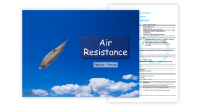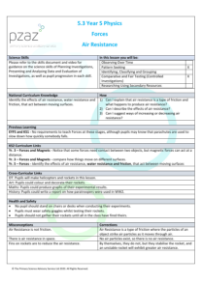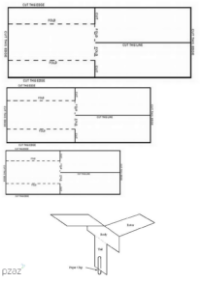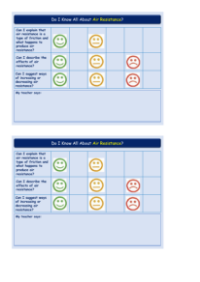Air Resistance - Teacher Explanation

Science Resource Description
Welcome to lesson 5.3 on Air Resistance, part of the Year 5 Forces Unit. In this lesson, pupils will explore the effects of air resistance, water resistance, and friction that occur between moving surfaces. Safety is paramount; thus, during practical activities involving helicopters and parachutes, pupils should refrain from standing on chairs or desks and should wear safety goggles. When launching rockets, it's important to launch them simultaneously and collect them only after everyone has finished, to avoid accidents. The lesson offers a rich cross-curricular experience, linking Design and Technology (DT) through making rockets and helicopters, Art through decorating them, Mathematics through graphing experimental results, and History by researching the role of paratroopers in World War 2.
The class demonstration will involve creating parachutes to illustrate the impact of air resistance and how parachute size influences the descent speed of an object. Essential materials include resealable sandwich bags, bin liners, eggs, sticky tape, scissors, string, and a hole punch. The process of making parachutes is detailed, from cutting the bin liners to assembling the parachute with strings tied to each corner. The experiment will show that larger parachutes, with a greater surface area, offer more air resistance and thus a slower descent, demonstrating the scientific principle that the larger the surface area of a falling object, the more air particles it encounters, leading to increased air resistance and a reduced falling speed.







